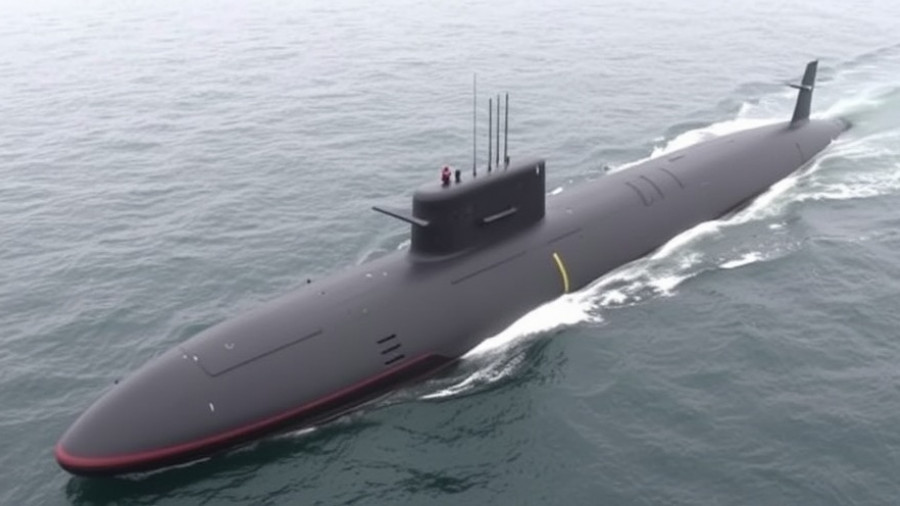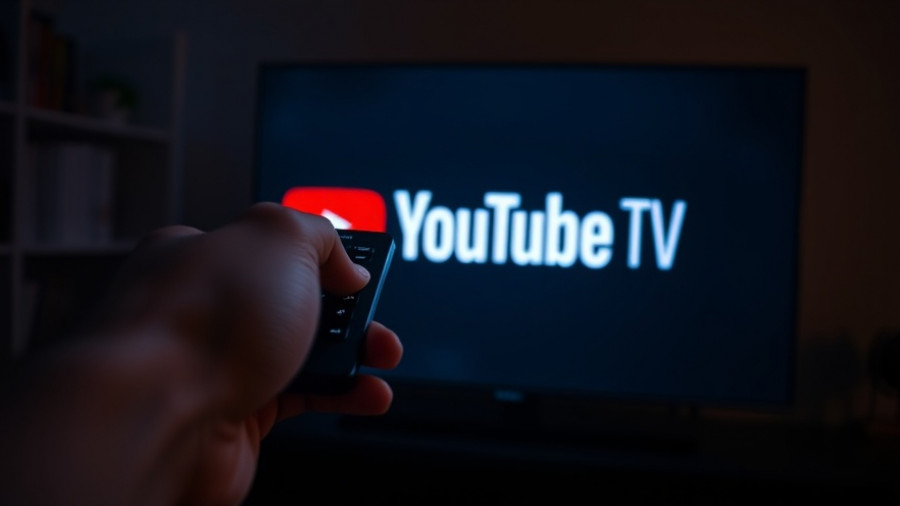
Naval Group Innovates with HS FORMION for Hellenic Navy
In a significant development for naval defense, Naval Group has launched the HS FORMION, the third FDI frigate for the Hellenic Navy, marking a pivotal advancement in maritime capabilities for Greece. Launched at their shipyard in Lorient, France, this launch enhances Greece's position in ensuring maritime security in the strategic Eastern Mediterranean region.
Understanding HS FORMION's Advanced Capabilities
Weighing in at 4,500 tonnes, the HS FORMION is designed as a multipurpose and resilient warship. Its capabilities allow it to engage in various combat scenarios, including anti-submarine, anti-air, and anti-ship operations. This vessel is uniquely equipped to handle asymmetric threats and includes advanced technology for special forces projection. Moreover, it has the capacity to accommodate both a helicopter and an unmanned aerial vehicle (UAV) simultaneously, showcasing a collaborative effort among industry leaders such as Thales and MBDA.
The Journey of the FDI Frigates
The introduction of HS FORMION comes as part of a broader initiative involving three FDI frigates. Currently, HS KIMON is undergoing sea trials, focusing on platform systems like propulsion and navigation. After the completion of these trials, a second phase will assess combat systems and the ship's endurance at sea, ensuring all systems are operationally ready before the scheduled deliveries in 2025 and 2026.
Intriguing Technical Specifications
The technical specifications of the HS FORMION are impressive, with dimensions of approximately 122 meters in length and 18 meters in width. The frigate boasts a maximum speed of 27 knots, making it nimble and effective in various naval scenarios. Its arsenal is formidable, featuring 32 Aster missiles, eight Exocet MM40 B3c missiles, RAM missiles, and a 76 mm gun, effectively covering all bases for naval combat operations.
The Strategic Importance of HS FORMION
The significance of launching HS FORMION extends beyond the individual vessel. This project is part of a larger strategy to modernize the Hellenic Navy, ensuring Greece remains competitive in a region increasingly characterized by geopolitical tension. As global dynamics shift, the resilience and capability of Greece’s maritime forces become critical to national security and regional stability.
Looking Ahead: The Future of Naval Warfare
The introduction of advanced naval vessels such as the HS FORMION highlights a transformative period in naval defense technology. With the increasing complexity of maritime security challenges, the integration of cutting-edge technology into naval fleets will be crucial. Moreover, these advancements pave the way for more collaborative defense strategies, both regionally and globally, positioning the Hellenic Navy as a key player on the maritime stage.
As the unfolding narrative around naval modernization continues, staying informed becomes essential for stakeholders, industry professionals, and citizens alike. The HS FORMION is more than just a ship; it's a promise of enhanced safety and readiness for the nation.
In a world where maritime security is ever more critical, keeping abreast of these developments not only informs but engages communities in understanding their national capabilities.
 Add Row
Add Row  Add
Add 




Write A Comment